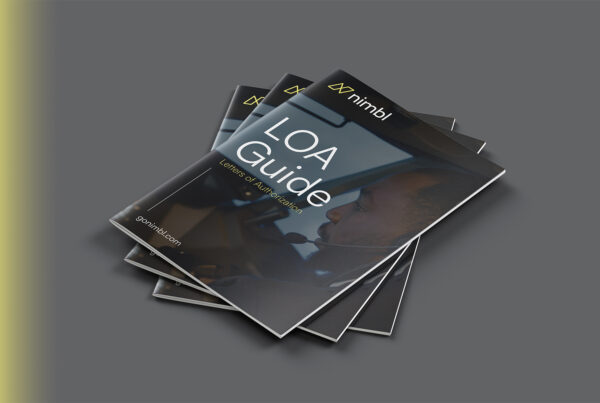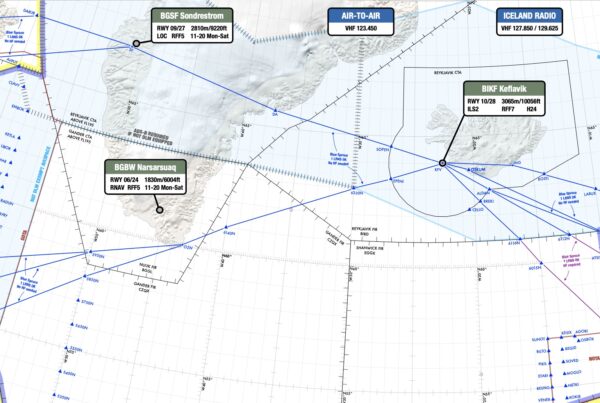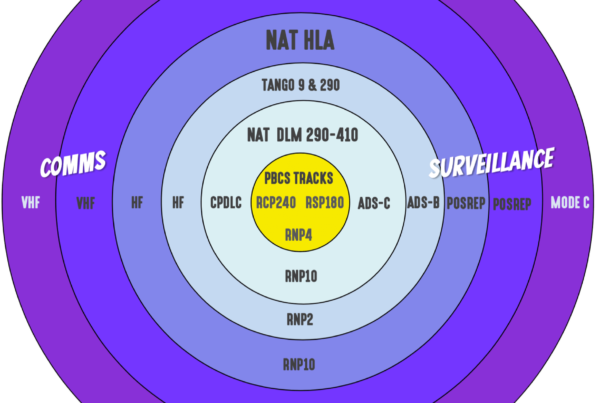An OPSGROUP member recently reported some confusion with ATC during their eastbound crossing of the NAT, related to the CDPLC-issued instruction: RESUME NORMAL SPEED.
After increasing their cruise speed by M0.02, they advised ATC as per ICAO procedures and received the following message from a controller who appeared to believe that they had just busted their clearance…

No paperwork was filed, but the crew involved were left scratching their heads as to what exactly they’d done wrong.
In the absence of any obvious explanation, we reached out to Gander directly who quickly replied. The answer was nothing – in this case, it was the controller who misinterpreted the rule.
Turns out the RESUME NORMAL SPEED instruction implies some pretty specific things. Here is exactly what you need to know next time you get this message on your NAT crossing.
Operations Without a Fixed Speed
OWAFS been happening over the NAT since 2019. O-WTF, you might be saying. But it stands for Operations Without An Assigned Fixed Speed.
It works like this. You get a normal oceanic clearance, with a fixed mach number, like you always did. But then somewhere after the Oceanic Entry Point, you may get a CPDLC message saying RESUME NORMAL SPEED.
Just reply with WILCO. Happy days.
But what this actually means is this – fly ECON, or a cost index with variable mach. You can fly within 0.01 up or down of your cleared Mach number without saying a word. But if it varies by 0.02 or more, you must advise ATC.
The big thing to note here is advise. No clearance is needed, you just need to tell them what you’re doing.
If you’re looking for a reference, ICAO DOC 007 section 5.1.12 is where you’ll find it.

As long as ATC are in the know, the gas pedal is now yours for the pressing.
Keep Reporting
If a clearance has you scratching your head, please let us know. Chances are if you’re confused, a lot of us will be too.
As this event illustrates, this can also help ATC who are human – just like us pilots. Misunderstanding between pilots and controllers, especially with respect to oceanic re-clearances, is one of the leading causes of procedural errors on the NAT.
You can reach us on team@ops.group, or if you’re an OPSGROUP member, via the Crew Room.
More on the topic:
- More: NAT Ops: Flying the Blue Spruce Routes
- More: NAT Guide 2025 – My First NAT Flight is Tomorrow
- More: NAT Circle of Entry (2025)
- More: NAT FAQ: No Datalink – Where can we go?
- More: NAT Conundrums: Volume I
More reading:
- Latest: LOA Guide for US Operators
- Latest: NAT Ops: Flying the Blue Spruce Routes
- Latest: NAT Guide 2025 – My First NAT Flight is Tomorrow
- Safe Airspace: Risk Database
- Weekly Ops Bulletin: Subscribe
- Membership plans: Why join OPSGROUP?











 Get the famous weekly
Get the famous weekly 






The exact wording “ATC must be advised if the speed changes by plus or minus Mach .02 or more” INCLUDES Mach .02, which means that the maximum speed “fluctuation” without ATC notification is actually Mach .019. Otherwise, if Mach. 02 was exempt from ATC notification, the text would, instead, state “more than Mach .02”. It is merely a “legalese” detail, but, after all, the controller from Gander was right from the beginning…
Just my two cents…
Thanks for reaching out André. I think the issue at play here was ‘notify’ vs request a clearance. The crew involved did notify ATC of their change in Mach number, but the response seemed to imply a clearance was required. I agree, I think there is room for confusion in the wording of procedure!